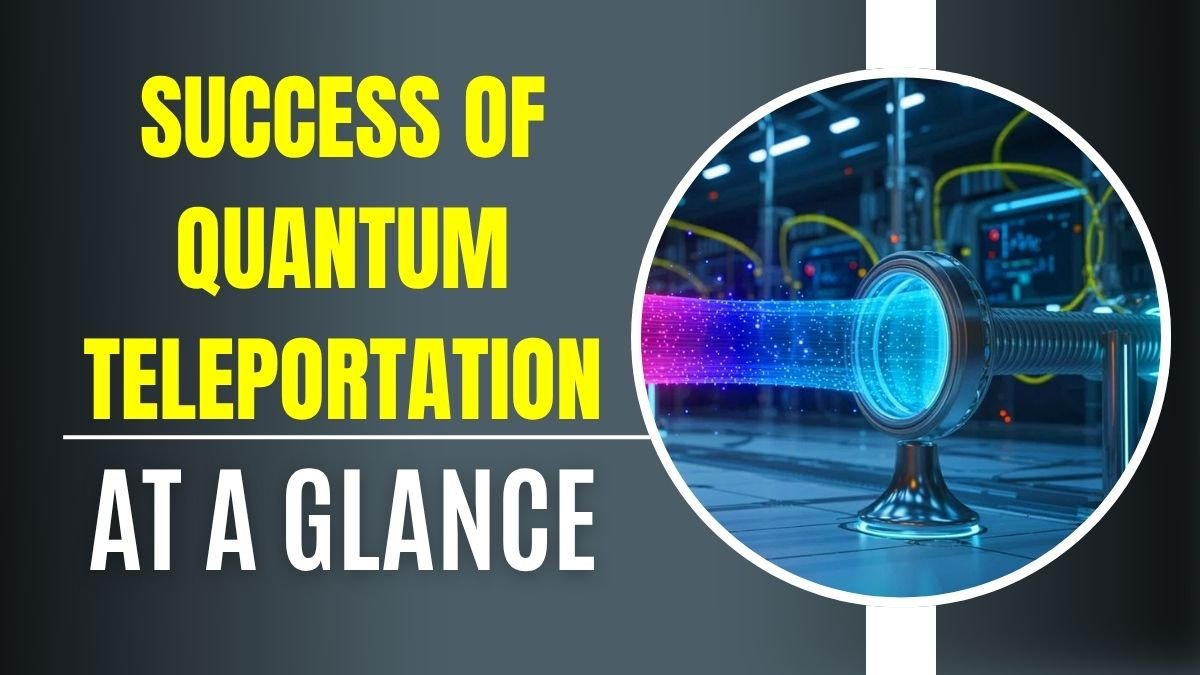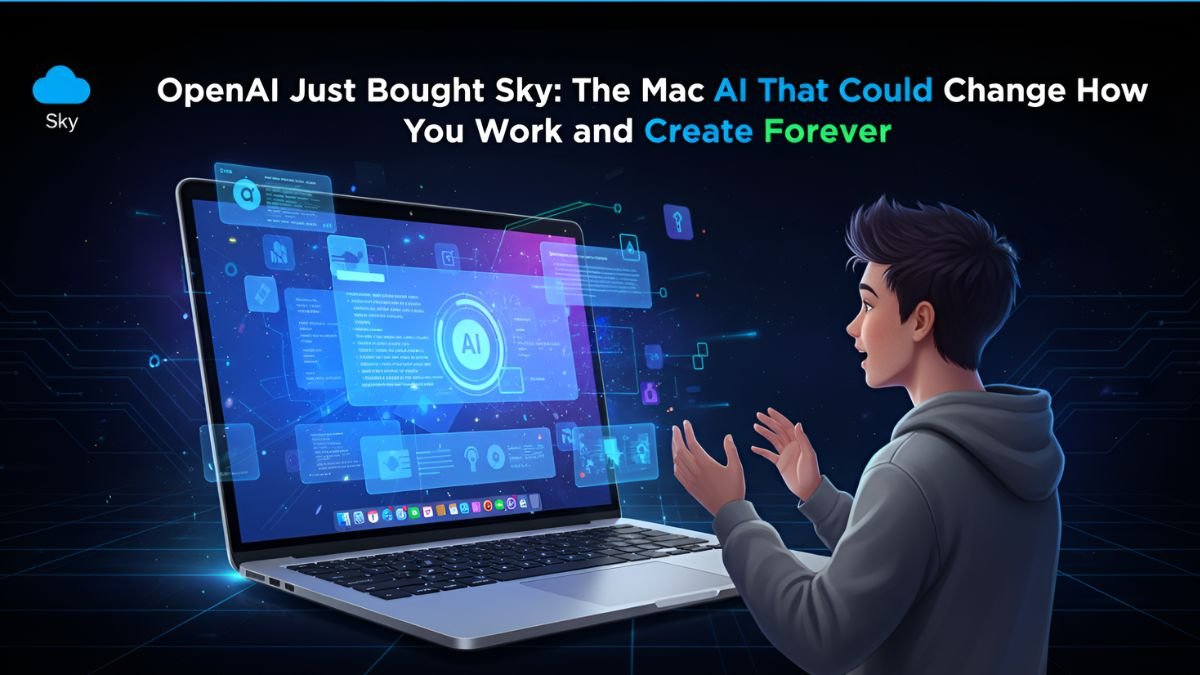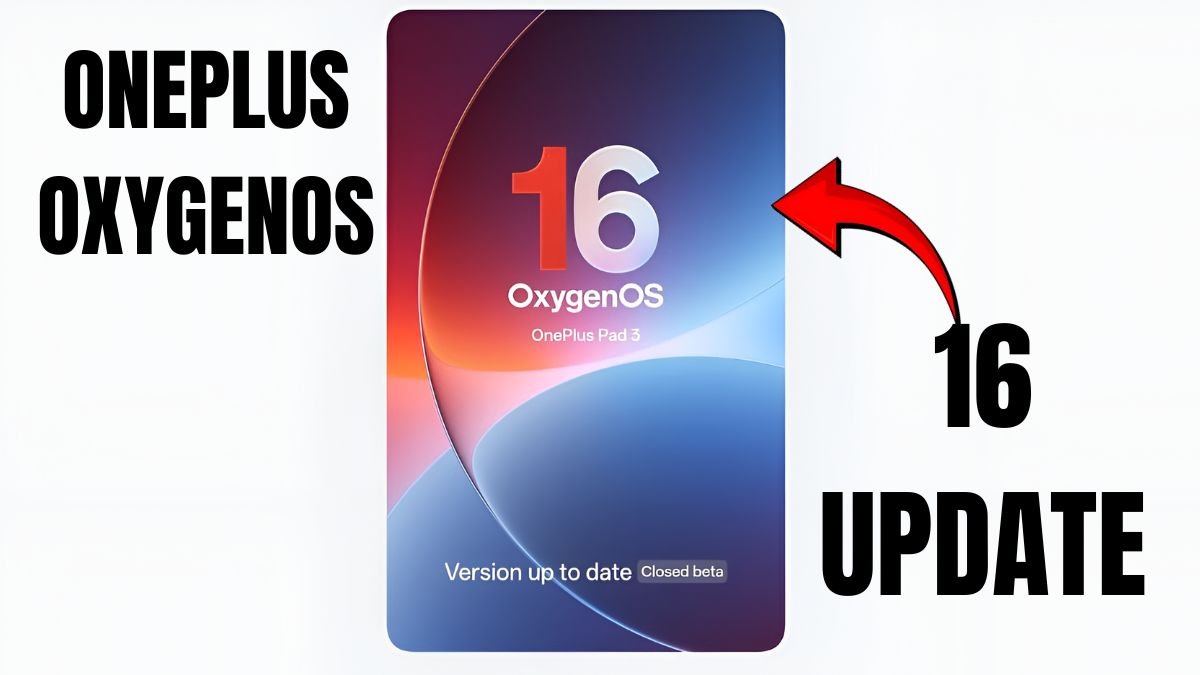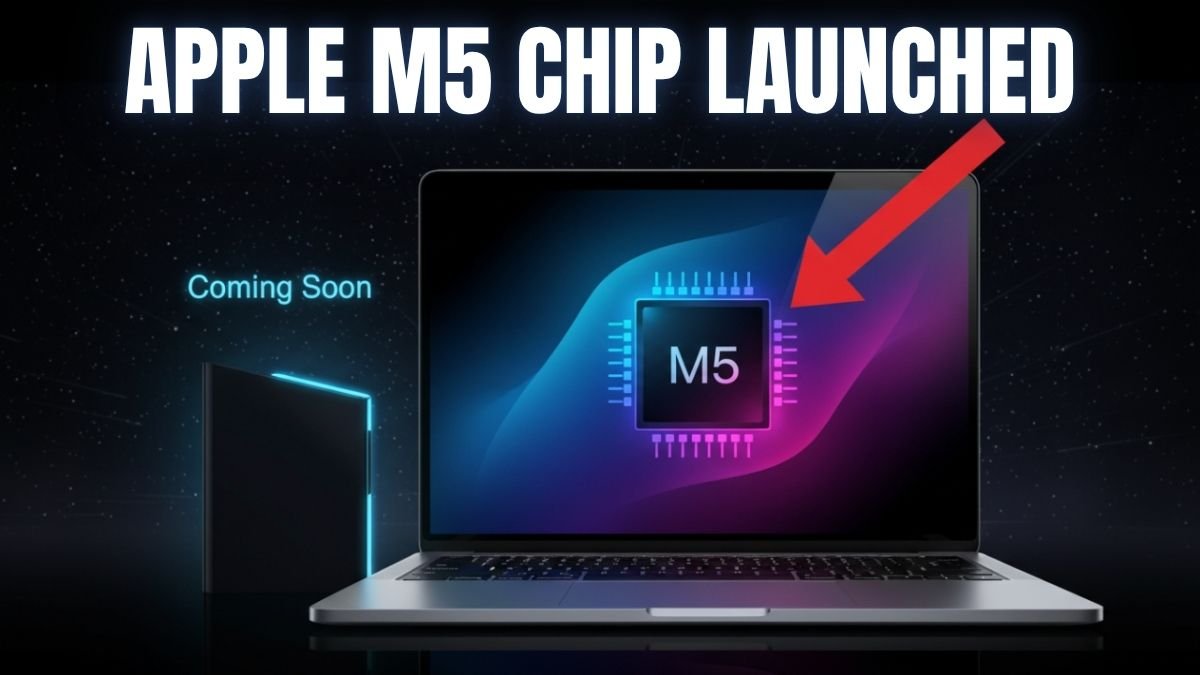1. BSOD: The Scariest Screen of Windows
BSOD, or Blue Screen of Death, was the most feared error screen in the Windows operating system. It appeared when the system faced a serious failure and had to shut down to prevent data loss. The blue background with white error codes became a nightmare for users, especially when they hadn’t saved their work. This screen was technical and confusing for common users but useful for IT professionals.
2. From Blue to Black: Microsoft’s Big Decision
After nearly 40 years, Microsoft is officially replacing the Blue Screen of Death with a new Black Screen of Death. This change is part of a design overhaul and is aimed at giving users a less jarring and more modern experience when errors occur. The company believes the black version is more “subtle” and fits better with the updated Windows UI.
3. How BSOD Came Into Existence
BSOD was introduced in 1985 with Windows 1.0. Back then, the tech world was very different—HTML didn’t exist, Germany was still divided, and people could smoke on airplanes. Since that time, BSOD has interrupted users everywhere—during movies, office work, or presentations—making it a part of our digital memories.
4. Why Microsoft Is Removing BSOD Now
The decision to replace BSOD came after a massive outage in 2024 caused by CrowdStrike, a cybersecurity company. This incident disabled 8.5 million Windows devices worldwide and shook user confidence in Windows. In response, Microsoft launched the Windows Resiliency Initiative to make its system more stable, and the removal of BSOD is a part of that mission.
5. Introducing the Windows Resiliency Initiative
The Windows Resiliency Initiative is a new program focused on improving system stability and security. It ensures faster recovery after errors, fewer unnecessary restarts, and a more user-friendly interface. Microsoft wants Windows to feel strong, reliable, and modern—and that’s where the new Black Screen fits in.
6. BSOD’s Psychological Impact
BSOD didn’t just cause technical issues—it affected people mentally too. When it appeared on massive public displays like in Times Square, it gave Windows a bad image. Users began associating it with unreliability. That’s why Microsoft thinks a black screen will look cleaner, smarter, and less panic-inducing in such scenarios.
7. The Identity of BSOD: More Than Just a Bug
For many users, BSOD was more than an error message. It was a symbol of digital struggle—whether it was losing hours of unsaved work or having a presentation crash in front of an audience. It became the subject of jokes, memes, and countless frustrating moments. Now, we’re letting go of that cultural icon.
8. What Will Actually Change Technically
It’s not just a color swap—technical improvements are on the way too. Microsoft is adding better error recovery systems, smarter app handling, and stronger internal security. Instead of crashing the whole system, errors may now affect just the faulty app, allowing smoother, quicker restarts and fewer disruptions.
9. Is This the End of an Era?
With the removal of the blue screen, it truly feels like the end of an era. For decades, the BSOD was a part of every Windows user’s life. It scared, frustrated, and even taught users to always save their work. Now, we bid goodbye to something that shaped our digital behavior in many ways.
10. What This Means for the Future of Windows
The future of Windows looks more stable, less intimidating, and technically sound. While the emotional connection to BSOD will remain, the move to the Black Screen and improved features shows Microsoft’s seriousness about user experience. It marks a new beginning—one where errors won’t crash your day, just flicker past more silently.






